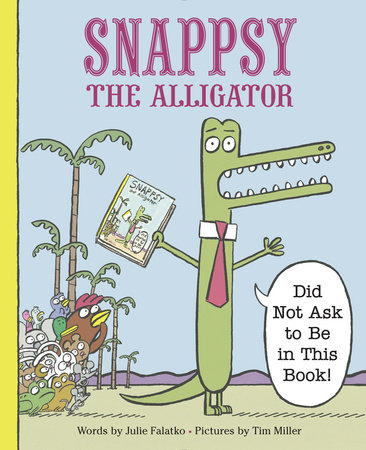We had
terrific discussions at our last meeting, beginning with the nonfiction
book, Wild Horse Scientists by Kay Frydenborg. One of our very creative
members created a beautiful snack to go with the book. This
same person, a died-in-the-wool long-time horse lover, said that of all the
horse books she has ever read -- fiction, nonfiction, picture books, etc., this
one was by far the best. We all agreed that it was quite wonderful, with
beautiful photos and clearly written explanations of the detailed work of the
various scientists who study the horses on Assateague Island. We felt it was an
excellent example of how the scientific method works, and that it also presented
a possible career path for students who were interested in horses. We felt it
could be interesting for a wide range of readers -- from elementary through high
school.
We had a couple of minor carps: one was that all of the pages weren't
numbered, making using the Index a bit cumbersome; another was that the sidebars
-- some of which took up a few pages -- were distracting from the thread of the
explanations. A couple of readers also thought it could have been better
organized. We were all impressed with how the scientists figured out a way to
use birth control shots for the mares so that the island wouldn't become
overpopulated, given the resources that were available there. All things
considered, it was a great read which presented information that none of us
would have known otherwise...the sign of a good nonfiction
book!
 |
| Horse themed snack |
We were
much less enthused with the picture book, Snappsy the Alligator by
Julie Falatko. One reader stated that there was absolutely nothing
about it that she liked -- not the story, not the pictures -- nothing. A few
readers thought the illustrations were cute and quite humorous. One of our
members said she read it with her grandchildren and they thought it was really
funny and they loved it. But we adults generally felt that the premise of an
author (in this case a chicken) inserting him/herself (hard to tell) into the
story, and basically having a dialog with the main character (an alligator who
didn't want to be in the story anyway, and felt completely misunderstood) was a
very 'meta' concept, perhaps a bit too deep for young children to even
understand. We talked a bit about how authors often say that "the character
takes over the story" while they are writing, and we figured that perhaps this
was what Julie Falatko was trying to show....but we felt that it pretty much
fell flat, and definitely wouldn't be appealing to young children. Although many
reviewers loved it, we didn't.
One of our
members is also involved with a book group that discusses picture books by a
particular publisher at each meeting. Some folks were interested in reading
their blog, and it can be found here: pbpublishers101.blogspot.com. If you
copy/paste it into your browser, it will be accessible.

